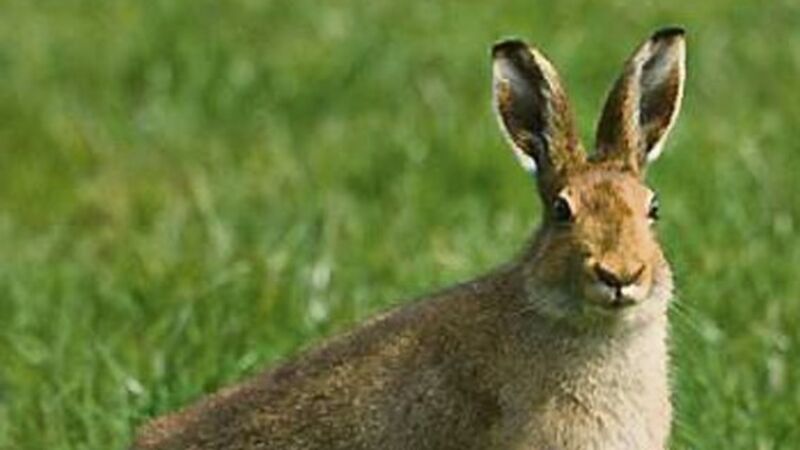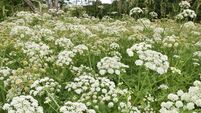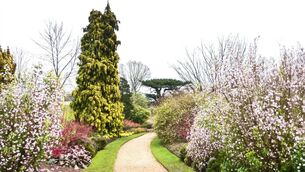Donal Hickey: Protect our Irish hares

A welcome spotlight is being put on criminality against Irish hares, one of our emblematic wild animals and steeped in mythology, writes .
Much of the protest is IFA-generated, with farmers claiming they are being intimidated by people trespassing on their land and an increase in the illegal hunting of hares with dogs.
Readers, prompted by our recent column on myxomatosis in brown hares in parts of England (not verified in Irish hares), have been in contact regarding abuses of our much-reduced hare population. Something that clearly annoys animal lovers is the “sort of protection” given to hares under our wildlife laws.
Hares are normally associated with coursing and being chased by dogs but — ridiculous as this seems — they can be legally shot, without licence, from the end of September to February.
Also, licences can be granted by the Department of Heritage and the National Parks and Wildlife Service allowing people to use nets to capture hares in the wild for the sport of coursing. Even hares in golf clubs are being targeted.
For several years, dogs at coursing meetings must be muzzled. But, there are reports of lots of hares being killed illegally in the wild by hunter gangs with unmuzzled lurchers. A lurcher is the offspring of a dog crossed with a greyhound. Serious betting is said to be involved and the hares don’t get odds, or a headstart, like they do in coursing.
At the same time, coursing clubs, which are regulated and which have inspectors at their meetings, are finding it difficult to get sufficient hares.
Growing up along the Cork/Kerry border, I remember hare hunting as a popular past-time on Sundays. In those days, there weren’t as many GAA matches as now and several hunting groups could be out in the same side of the country.
Men with greyhounds would be accompanied by us youngsters trudging many miles over bog and moorland in the hope of “rising” hares which would then be chased by the hounds. Open coursing, Hares, which were far more numerous then, often had the advantage by taking flight early and using their knowledge of a familiar habitat to get away from pursuers.
The emphasis was more on getting a “good course” rather than a kill and the hare often won, sometimes escaping under an obstacle such as a gate and leaving frustrated hounds behind. Friends from those far-off days, who attend coursing club meetings nowadays, believe the dogs then were better at coursing than their counterparts today.
The reasons they cite are that, being out most Sundays, the dogs knew the terrain intimately and also had much more practice and experience of coursing.
Meanwhile, blood sports continue to be controversial, with reminders during the presidential election, and the hare needs more protection.













